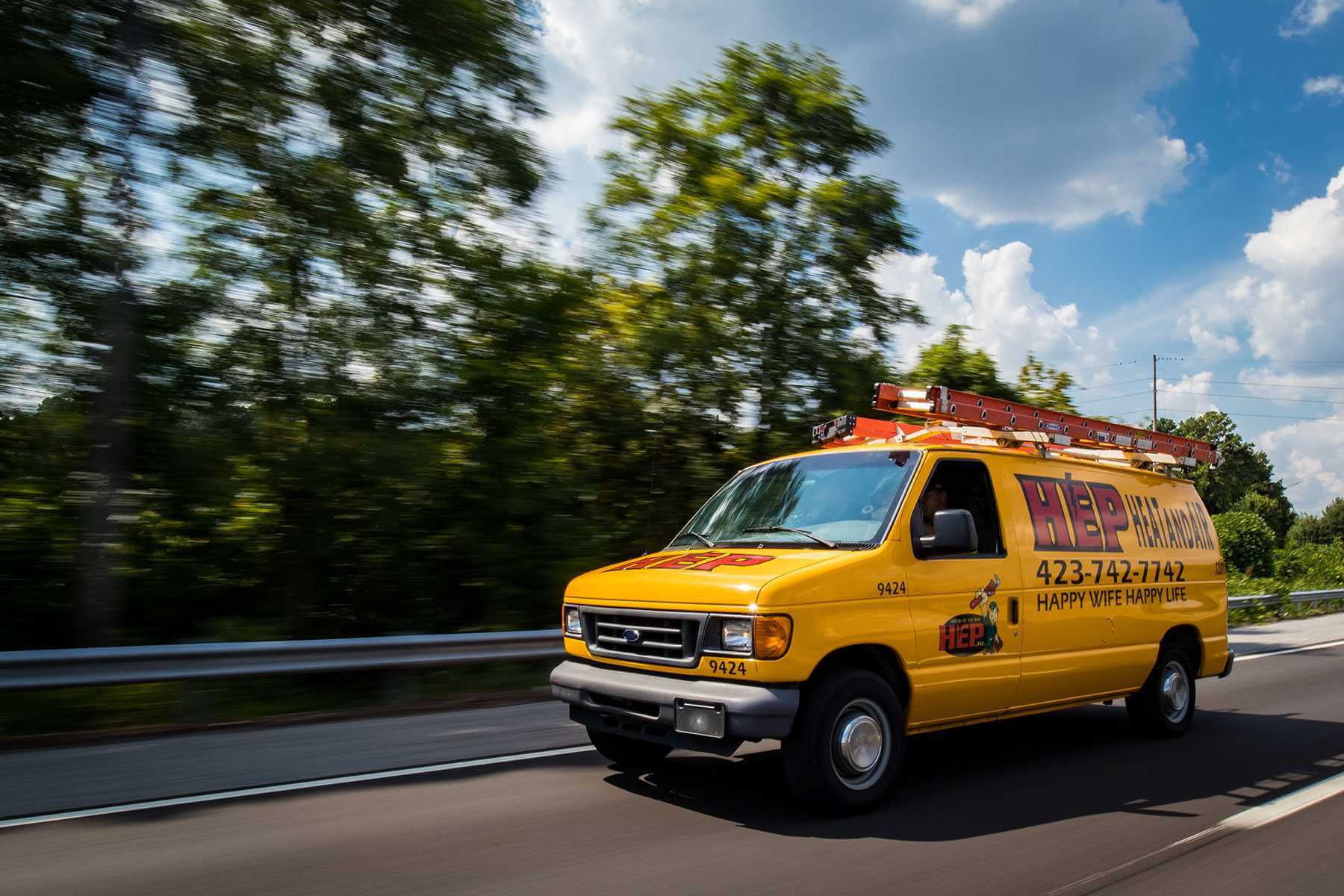

Code-compliant Installations
Your trusted partner for professional home services. Quality workmanship, guaranteed satisfaction.




- HEP Plumbing
- Code-compliant Installations
Code-compliant Installations | Commercial Plumbing | Plumbing | Tazewell
From bustling restaurants on Main Street to expansive industrial sites at the edge of town, Tazewell businesses rely on HEP for code-compliant installations that keep water flowing safely and efficiently. Our licensed specialists bring decades of commercial plumbing experience to every project, coordinating closely with inspectors and contractors so your build-out or retrofit passes code the first time—saving you time, money, and headaches.
Whether you need a complete system design, high-efficiency fixture upgrades, or emergency backflow prevention, HEP delivers workmanship that stands up to everyday demands and rigorous regulations alike. We arrive on schedule, communicate at every step, and leave your site spotless—so you can focus on running your business while we handle the commercial plumbing details.
FAQs
What does “code-compliant plumbing installation” mean for my Tazewell commercial property?
A code-compliant installation is one that meets or exceeds the requirements set out in state and local plumbing codes, as well as any national standards that Tazewell has adopted. Compliance covers pipe sizing, materials, venting, backflow prevention, water-heater safety, drainage slopes, and fixture clearances. By meeting code you reduce liability, protect public health, avoid fines, and ensure your system will pass municipal inspections and remain insurable.
Which plumbing codes do you follow in Tazewell, and how often are they updated?
Commercial plumbing work in Tazewell is governed primarily by the current edition of the Virginia Uniform Statewide Building Code (USBC) or Tennessee codes—depending on your location in Tazewell County— which in turn reference the International Plumbing Code (IPC) and International Fuel Gas Code (IFGC). Local amendments may add stricter rules for backflow devices, grease interceptors, or storm drainage. Codes are reviewed every three years, and Tazewell typically adopts the new edition after a public-comment period, so we track each update and train our technicians accordingly.
How do you ensure that a new installation passes inspection the first time?
Before work begins we create a stamped set of shop drawings that incorporate local code language, health-department guidelines, and any requirements from the fire marshal. All materials are sourced with third-party certifications (NSF, UPC, ASME) on file. During construction we photograph rough-in stages, perform in-house pressure and leak tests, and complete a detailed checklist based on the inspector’s form. A senior licensed Master Plumber walks the job 24 hours before the inspection to correct even minor issues, so first-time approval is the rule rather than the exception.
Can you retrofit existing plumbing systems to meet current codes without shutting down my business?
In most cases yes. We plan retrofits in phases—after-hours, weekends, or during scheduled production breaks—to minimize downtime. Temporary water bypasses and modular drain assemblies allow us to keep critical areas operational while we replace non-compliant piping, fixtures, or backflow devices. For restaurants and healthcare facilities we also provide portable hand-wash stations and waste-water containment so you can stay open and code-compliant throughout the retrofit.
What types of commercial facilities in Tazewell do you service for code-compliant installations?
We handle code-driven plumbing projects for a wide range of properties, including manufacturing plants, medical offices, schools, multi-story mixed-use buildings, restaurants, hotels, government buildings, and agricultural processing facilities. Each sector faces unique code sections—such as medical-gas regulations for clinics or high-capacity grease management for food service—and our team is trained and licensed to address them all.
How quickly can you complete a code-compliant installation, and what factors influence the timeline?
A small tenant improvement with minimal fixtures may be finished in one to two weeks, whereas ground-up construction or a full system replacement can range from one to six months. Key timeline factors include permit lead times, material availability (e.g., acid-resistant piping or commercial water heaters), site access, coordination with other trades, and required testing intervals. We provide a detailed Gantt schedule at project kickoff and update it weekly so you always know where we stand.